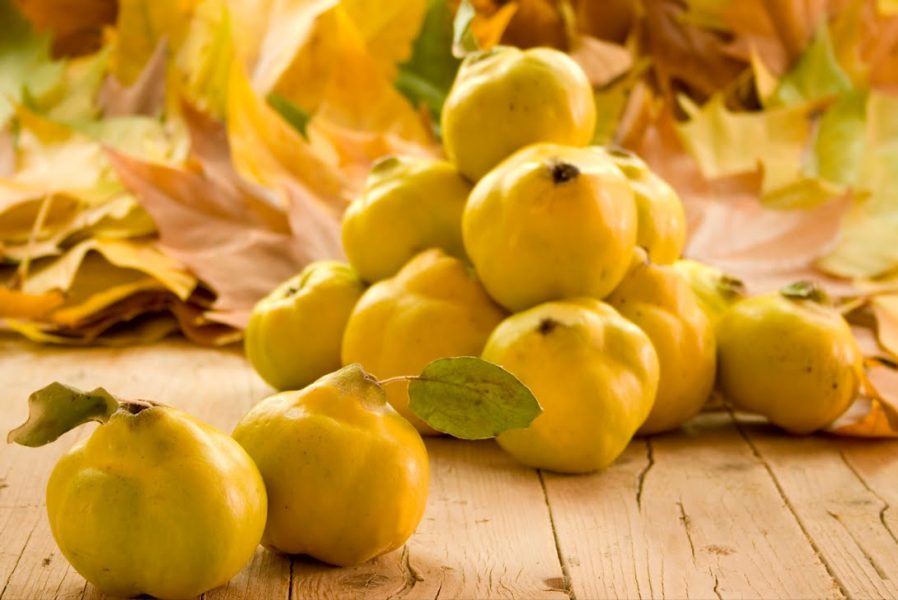A fruit that often appears in poems on gardens and nature is the quince. A poem by El Moshafi, from the 10th century, reads as follows:
“Its colour is yellow, as if robed in a tunic of daffodils, and the fragrance is of penetrating musk.
It has the perfume of a sweetheart and her same harshness of heart; but its colour is that of a gaunt, impassioned lover.
Its paleness is borrowed from my paleness; its scent is the breath of my friend.
When it was firm on the branch and the leaves had woven hands of brocade around it
I gently reached out to pick it and place it like a censer at the centre of my room.
It had a dress of ashen down that fluttered over its smooth body of gold.
And when it was naked on my hand, bearing nothing but its daffodil shirt,
It reminded me of a person I cannot name, and the ardour of my breath withered it there between my fingers”.
Source: La cocina de al-Andalus, Inés Eléxpuru (Fundación de Cultura Islámica). Alianza Editorial. Madrid 1994
This post is available in: English Español

